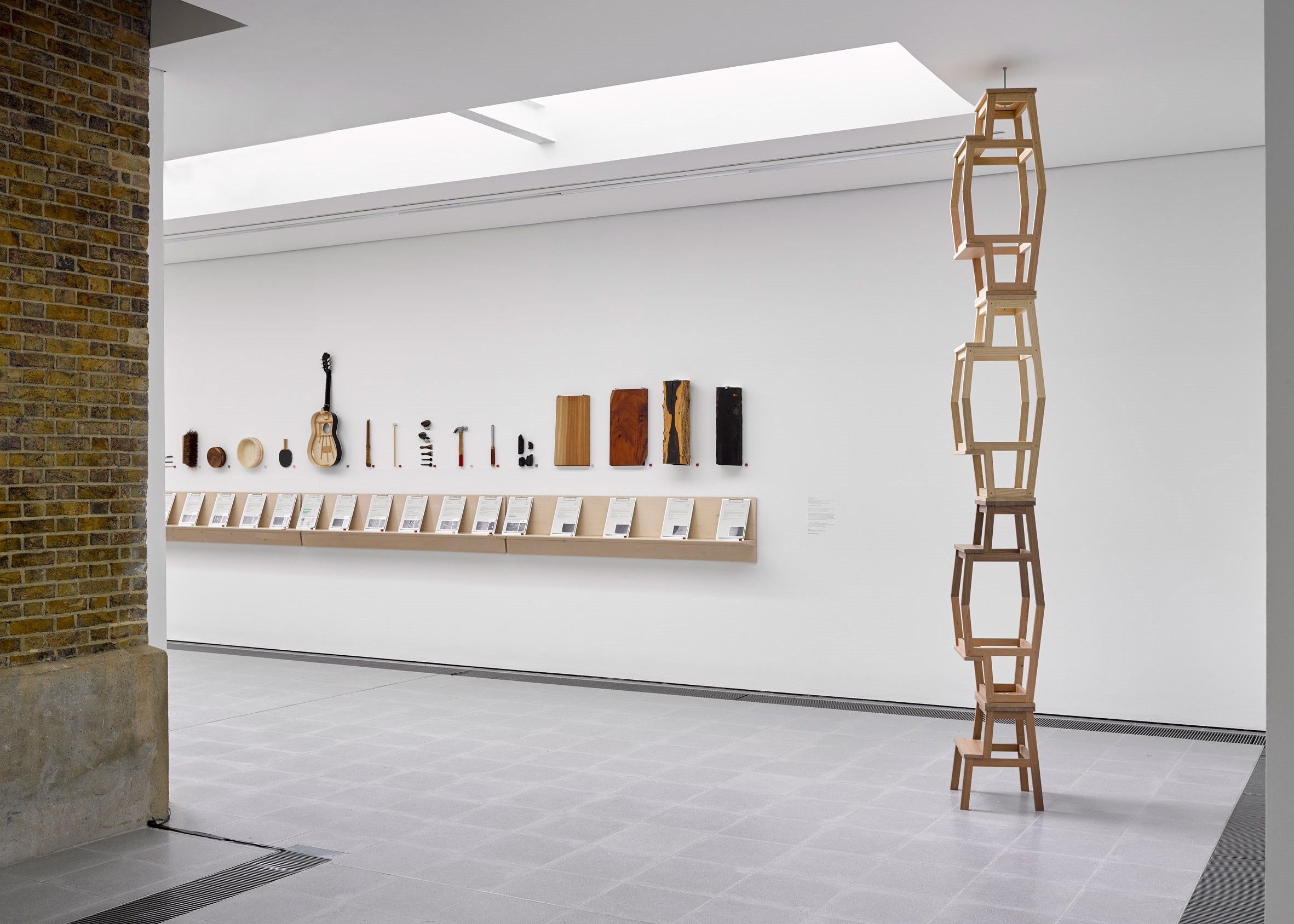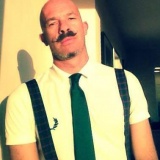
 Enrico de Iulis
Enrico de Iulis
Italian art: Formafantasma. Fewer objects, more reflections
- WTI Magazine #131 Sep 19, 2020
-

 Enrico de Iulis
Enrico de Iulis
Last year Paola Antonelli, curator of the architecture and design department of MoMA, wanted them at the XXII Triennale di Milano "Broken Nature", to exhibit Ore Streams: an investigation on the use and disposal of metal resources commissioned by the NGV triennial of the National Gallery of Victoria in Australia,and accompanied by a collection of furniture made with electronic waste edited by the Roman gallery Giustini/Stagetti.
Andrea Trimarchi and Simone Farresin, the two Italian art designers founders of the Formafantasma studio in Amsterdam, in just ten years of career have anticipated with their research projects the great themes of the moment: the phenomenon of migration flows in the Mediterranean with their thesis Moulding Tradition at the Design Academy in Eindhoven, self-production with the installation Autarchy in 2010, the use of bio-plastics in the Botanica collection in 2011.
With all the objects that over the years have entered the permanent collections of museums such as the MoMA in New York, the V&A in London and the Centre Pompidou in Paris, Formafantasma continues to be in experimentation. But with more recent projects such as WireRing and WireLine lamps for Flos, Cromatica ceramics for Cedit and ExCinere tiles for Dzek, they have confirmed that their research is never detached from the themes of production: "We are not interested in creating new things, but in stimulating reflections on objects, identifying alternative ways for companies" Andrea and Simone explain, who at the beginning of March inaugurated their exhibition Cambio at the Serpentine Gallery in London. Then, the lockdown hit hard.
Cambio was the result of more than a year of studies on the production and supply dynamics of the wood industry: "We have focused on everything that happens before the material becomes a product. The investigation led them to examine the forests of the Amazon, the Kew Gardens of London and the forests of Val di Fiemme in Veneto devastated by the storm of 2018 - from where all the wood of the installation, made with six hands together with the Milanese artisan Giacomo Moor, comes from.
Carriers of an ethical and ecological responsibility of design, Farresin and Trimarchi make the exhibition the instrument of denunciation against illegal importation, uncontrolled deforestation, the legislative void to protect the forest heritage, in a choral effort to which the Italian philosopher Emanuele Coccia has also contributed, closing the exhibition with a writing that “gives voice” to a tree.
The exhibition was also supposed to have a spin-off in Milan during the design week in collaboration with La Rinascente, but the lockdown caused the event to slip. What is certain, however, is that the amount of data collected with Cambio will become the basis for the Master in Geo Design that they will hold from September 2020 at the Design Academy of Eindhoven, in the Netherlands, "a course open to designers, but not only, to develop concrete solutions and share the results on a shared platform".
And to confirm the authority achieved in the Netherlands, in mid-February the Formafantasma were called by the Rijksmuseum in Amsterdam to design the set of "Caravaggio-Bernini. Baroque in Rome", an exhibition that was supposed to collect more than 70 works by the masters and their contemporaries. The two overturned the habits linked to Baroque art, moving away from gloomy atmospheres and dramatic tones: "We were inspired by Carlo Scarpa's installations at the Museum of Castelvecchio in Verona and Palazzo Abatellis in Palermo.
Between projects scattered throughout half of Europe and investigations extended all over the world, the duo was caressing the idea is to have two parallel activities: one in Amsterdam and a new branch in Milan, to get closer to their roots.